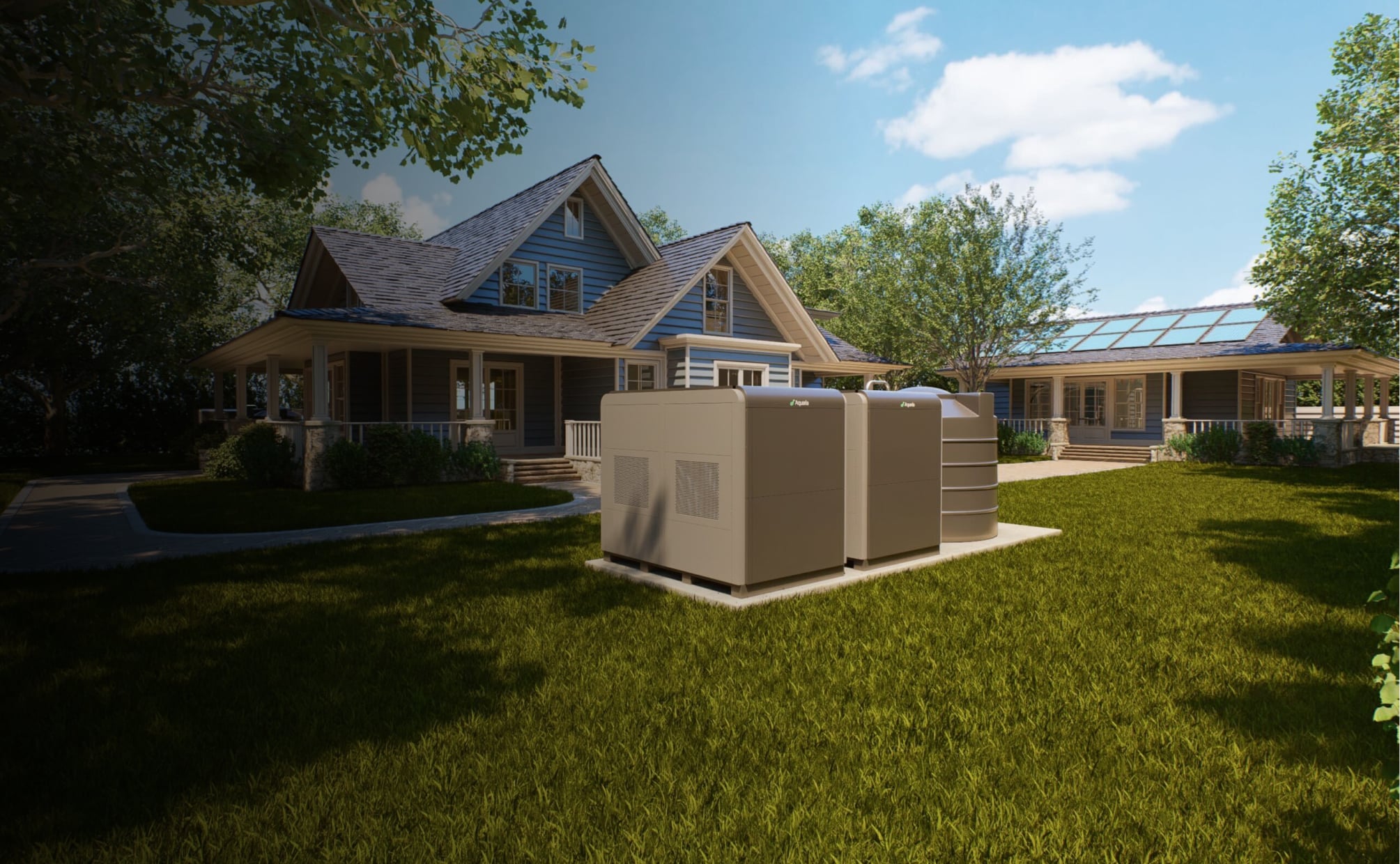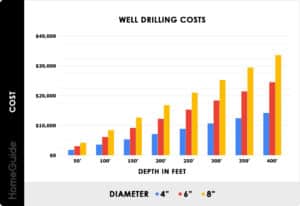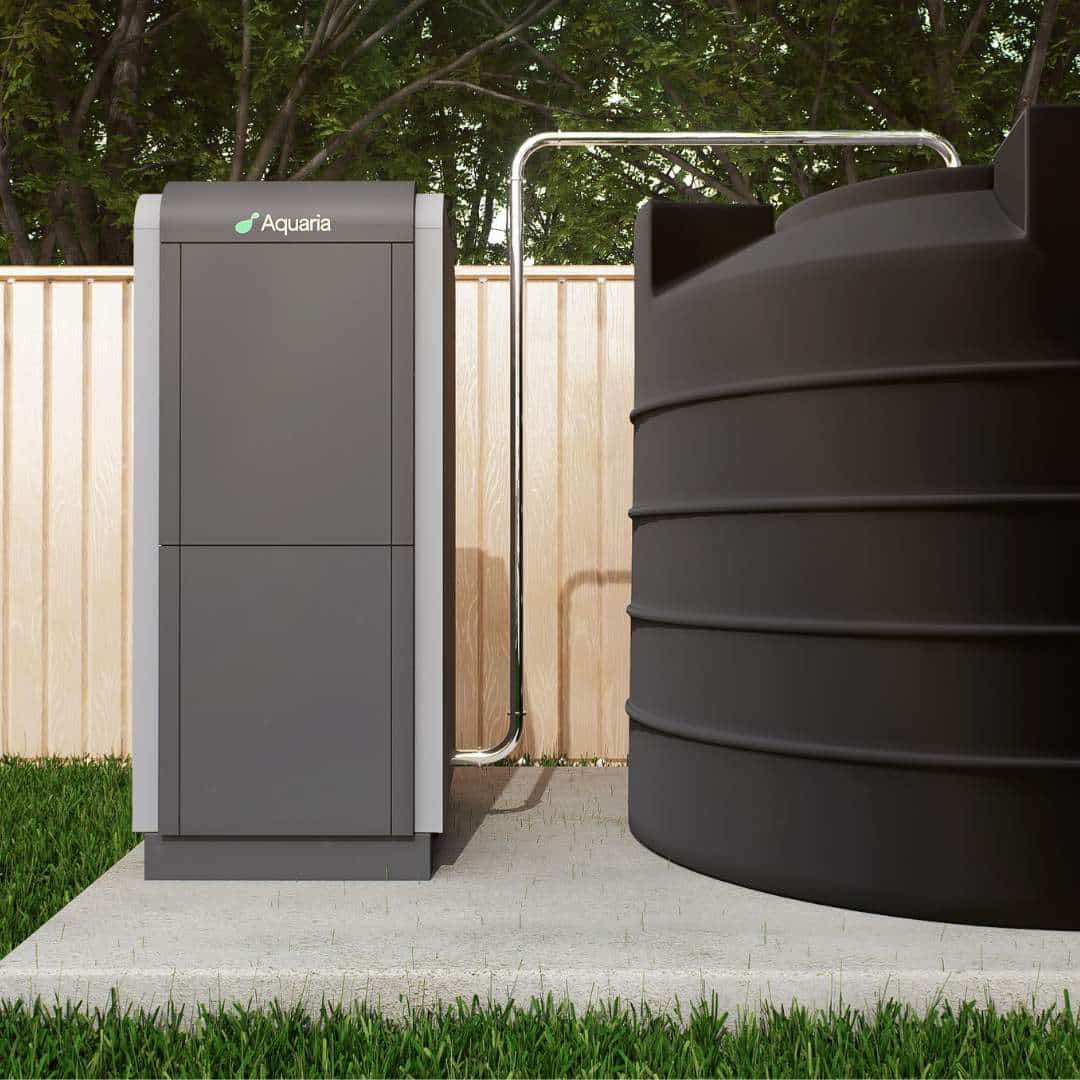Wells vs. Atmospheric Water Generators: A Guide for Homeowners

For many American homeowners who rely on private wells and lack access to municipal water, securing a clean, dependable water source has become increasingly challenging. With nearly 15% of the U.S. population (around 43 million) using private wells, they face persistent issues like contamination, costly deepening of wells, and dwindling water quality.
Climate change is exacerbating these issues, with recent severe to extreme droughts in Texas, California, and Arizona highlighting the vulnerability of groundwater sources. In response, residential atmospheric water generators (AWGs) offer an innovative solution to these critical water challenges, presenting a new way to access safe drinking water directly from the air.
Benefits of Wells
Independent water solution
Having a well allows homeowners to become self-sufficient, reducing dependency on municipal water supplies. This independence is particularly valuable in many suburban and rural areas across the country where public water systems may not be available. For these homeowners, a private well is often the only viable option for a consistent water supply.
Off-Grid capability
Wells allow homeowners to stay off the grid, free from water restrictions imposed by local authorities. For those pursuing a self-sufficient lifestyle, particularly in Texas or North Carolina, where off-grid living is more common, a well is an essential component of independence from public utilities. Having your own private well can also be crucial during droughts or water shortages, which are becoming more common in many U.S. states over time.
Drawbacks of Wells
Unreliable water source
Wells can run dry or become contaminated. The Environmental Protection Agency (EPA) reports that approximately 23 million Americans use contaminated well water, highlighting significant health risks.
Climate impact
Climate change is diminishing groundwater levels across the U.S. Groundwater depletion in the United States from 1900 to 2008 has reached approximately 1,000 cubic kilometers, with the depletion rate increasing significantly since 1950 and peaking between 2000-2008 at an average of nearly 25 cubic kilometers per year. In Mexico City, long-term groundwater extraction has led to substantial land subsidence and aquifer system compaction. This has resulted in disruptions to the water supply and wastewater drainage systems.
Ongoing costs
Drilling a well in the U.S. typically costs between $3,750 and $15,300 for a complete system, with most homeowners investing around $9,180 to reach depths of about 150 feet.
Aquaria’s customers have reported quotes as high as $25,000 to $150,000, especially in areas where wells must go deeper due to declining groundwater levels. With rising maintenance costs and the increasing need to drill deeper, securing a private well has become a costly and complex undertaking for many homeowners.

Benefits of Atmospheric Water Generators

Year-round water security
Atmospheric water generators, such as those made by Aquaria, offer homeowners security with guaranteed water availability. This reliable, safe, clean water is valuable for homeowners in areas with unreliable municipal water supplies or those facing frequent water restrictions due to droughts or infrastructure issues.
Atmospheric water generators, like Aquaria, offer independence with guaranteed water availability. This reliable, safe clean water availability is valuable for homeowners in areas with unreliable municipal water supplies or those facing frequent water restrictions due to droughts or infrastructure issues.
Cost efficiency
High-capacity atmospheric water generators, such as Aquaria’s products, have initial costs ranging from $3,500 to $15,000 and typically offer lower long-term maintenance costs than wells. Over time, this investment can be further offset by eliminating water bills and avoiding costly repairs or deepening often required for wells. For larger homes or properties with higher water demands, Aquaria also provides models with enhanced capacity, ensuring a reliable water supply that scales to meet diverse household needs.
Drawbacks of Atmospheric Water Generators
Climate dependency
The efficiency of an atmospheric water generator depends on temperature and humidity. Aquaria products can effectively engage in moisture harvesting at a minimum temperature of 59°F and 25% relative humidity. As humidity and temperature increase, the daily water production also rises.
Energy consumption
Atmospheric water generators typically consume more electricity than well pumps. For a household producing 5 gallons per day, an atmospheric water generator might use about 500-600 kWh per year. However, this can be mitigated by integrating with home solar systems, an increasingly popular option in sunbelt states.
Environmental and Regulatory Considerations
Water rights
Water rights vary significantly by state. In western states like Colorado and California, strict regulations govern groundwater usage, potentially limiting well drilling. Atmospheric water generators, like Aquaria, that use technology to make water from the air, face many fewer restrictions, if any at all.
Environmental impact
Wells can contribute to aquifer depletion, a growing concern in many U.S. regions. Atmospheric water generators, like Aquaria products, offer significant environmental benefits by reducing reliance on traditional water sources and minimizing environmental impact. Engineered to operate with or without an existing water connection, these systems can be installed in your backyard, at your business, or as part of a fully off-grid water solution.
Steven (Texas) is one of Aquaria’s system owners, and he shares how installing the Aquaria’s atmospheric water generator for his home has had a transformative impact on his household. The Aquaria system efficiently produces water that meets all his household needs, from showers to laundry, seamlessly connecting to the main water line. Learn more about his experience here.
Atmospheric Water Generators – Sustainable Alternative to Traditional Wells
For U.S. homeowners, especially those in drought-prone or disaster-susceptible areas, atmospheric water generators offer a compelling alternative to traditional wells. They provide reliable, off-grid water from air, ensuring sustainability and adaptability to changing climate conditions.
Investing in an Aquaria Hydropixel or Hydropack can provide a secure, sustainable water source for your home, offering peace of mind and independence from increasingly strained external water supplies. Consider making the switch to an atmospheric water generator for a future-proof solution to your water needs in an ever-changing climate landscape.
Interested in learning more? Check out Aquaria’s atmospheric water generators and request your personalized quote!

